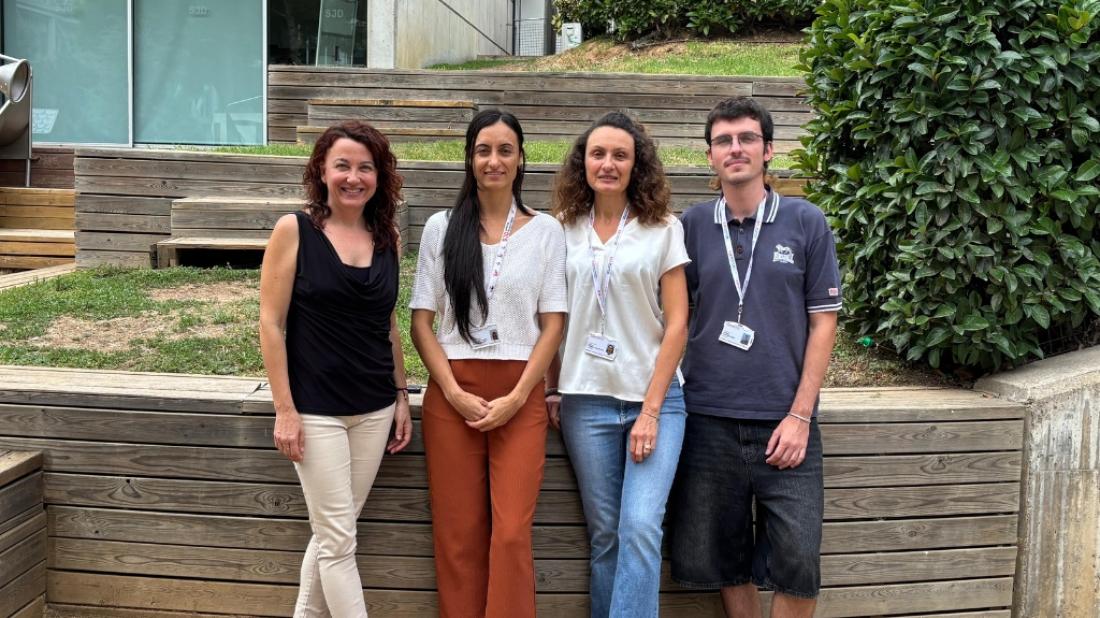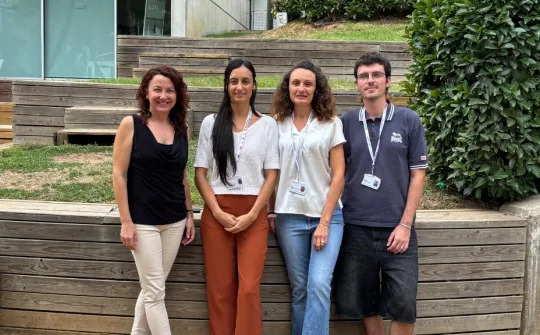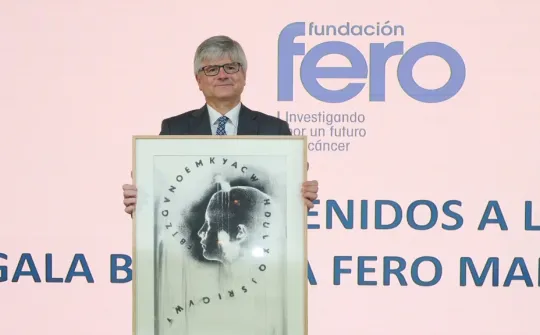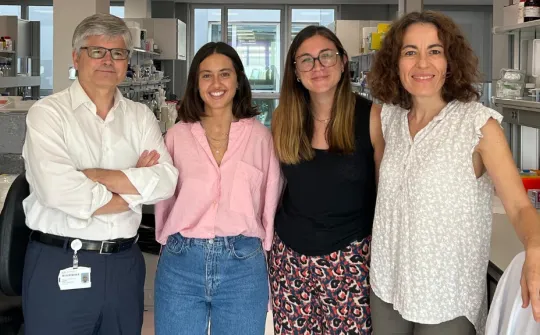An artificial intelligence algorithm helps diagnose a rare neuromuscular disease with extreme precision

The results of the project, which examined collagen VI-related congenital muscular dystrophy, have paved the way towards using this technology for diagnosing other rare diseases.
The Confocal Microscopy and Cellular Imaging Unit at the SJD Barcelona Children's Hospital and the Applied Research in Neuromuscular Diseases Group at the SJD Research Institute (IRSJD), alongside the Institut de Robòtica i Informàtica Industrial (CSIC-UPC) [Institute of Robotics and Industrial Informatics] have found that artificial intelligence can significantly improve diagnostics in cases of collagen VI-related congenital muscular dystrophy (COL6-CMD), a rare disease that appears in childhood. This disease is part of a group of congenital muscular dystrophies and is caused by genetic mutations that alter proteins essential to muscle function, such as collagen VI.
In the study published in the journal Computers in Biology and Medicine, researchers used artificial intelligence techniques to analyse cellular imaging studies, thereby managing to obtain a more precise diagnosis of the congenital muscular dystrophy. According to Mònica Roldán, Head of the Confocal Microscopy and Cellular Imaging Unit at the SJD Barcelona Children's Hospital, ‘our methods turn cellular images into key information for identifying affected patients, even in milder cases that are easier to confuse with controls. This tool is a useful addition to the arsenal of healthcare staff when carrying out their daily tasks, and it is only ever used by expert researchers in neuromuscular disease.’
The AI model that has been developed has achieved a very high precision rate and is already being used in clinical activity at the SJD Barcelona Children's Hospital. This work represents a huge leap forward in the use of artificial intelligence for diagnosing rare diseases. Furthermore, it is part of the European BE-LIGHT project, which seeks to promote new biomedical diagnostic tools using photonic technology and automatic learning.




